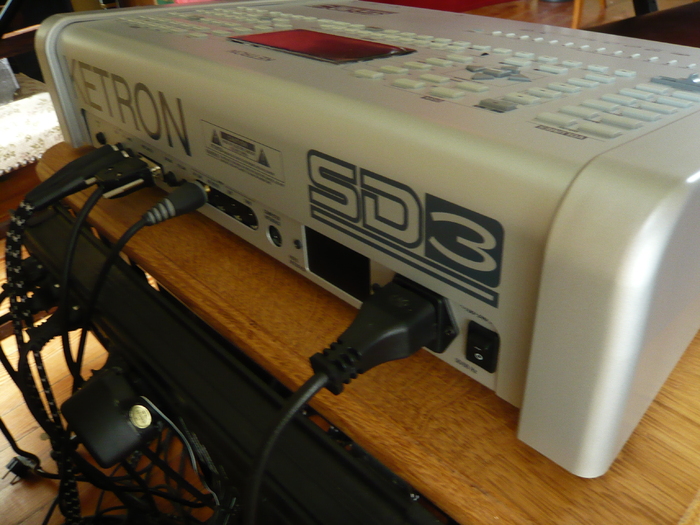


I'm not one for punting everything till mixdown. I may do some amount of comparing once it's broken out-tape sim inside vs tape sim outside.if the one inside just sounds better, tech can suck itself and I'll print it.either way, anything critical to the sound WILL be printed in the audio.so, if an external la3a plug sounds better on the kick than what in there-I'll bypass whatever is in the preset and do that-and still print that into the render like I would if I were in a studio with a drummer tracking. If there's a odd resonance it will be made gone before audio render.

Now-since I'm never going to print 30 tracks of drum audio.I will no DOUBT do some amount of DSP in the app. If you instead use third party (or DAW) tape, Fairchild, 1176, or 1084 EQ sims-anything that will model analog saturation, you will actually EXTEND the frequency response to better match the rest of your tracks. These tidbits, I no longer assume people just "know".lead me to say that if you want the best sound quality for your otherwise 48-192khz project.you will not apply much internal DSP. Which is why he captures THAT are double or triple rate on a second system. Not the ONLY reason.but, one.when Clearmountain caputures the output of his SSL, even a 48khz recording(his rate of choice) will have peak frequencies above 24khz. This also factors into why we still prefer analog mixing even MORE when it's single rate recordings. You can "see" the snare drum or cymbal crashes extend beyond the 22khz "brickwall" of the recording sample rate. What we learn from recording the output of vinyl playback of 44.1? the cartridge distortion actually EXTENDS the high frequencies on peaks like drum transients. Once upon a time, they used to upsample as they came from the disk, and ran into performance AND sonic issues-so, it's not a bad thing htat they do their work internally, then match only the output to the project rate. However many outputs you enable-but, only on the output will they convert-be that down in the case of 48khz VIs in a 44.1 project.or up to nearly all VIs in a 88.2/96khz project. General sample based VI tech: Nearly any modern virtual instrument will do a single sample rate conversion on it's output to the destination project rate. Massenberg ensured that you get everything up to 22khz as linearly as possible from his original samples via offline SRC. SD3 tech: These samples were done at double rate.provided here at single. Many plug ins (Like tape sims in particular) upsample, process, downsample if you have the project set to single rate. Starting with the contributing factors.īackground tech: One of the advantages to double sample rate is that anything analog modeled will be ue to the thing it's modeling. The above is how I will proceed, and the reasons.


 0 kommentar(er)
0 kommentar(er)
